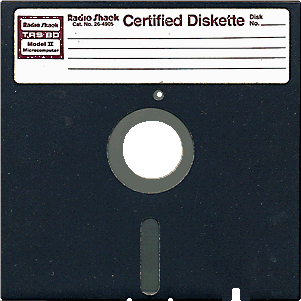
Friday, November 18, 2007
Being a pizza delivery driver for Pizza Hut for five years I am able to observe certain things that other people may not be able to see. First, I see what the customer sees from a different long run point of view – the price of pizza. The price of pizza has risen over the past five years by a significant percentage. When I was first hired in 2002, a large pizza with one topping was $10.29. Now a large one topping pizza is $13.59. Also five years ago there was a delivery charge of $0.80. The delivery charge has gone up to $1.65 since then.
There are several reasons for the increase in price. The first is inflation. Over five years inflation has not had too much affect on prices overall but it has had an affect none the less. Gas prices have gone up significantly in five years and it is the company’s responsibility to compensate the delivery drivers for gas and maintenance costs for their vehicles. In 2002 the average price of regular self-serve gas was $1.26. At the time we were even complaining about that price because a few month earlier in February of 2002 the average price was $1.12 in Albuquerque1. If we had known that in 2007 gas would be over $3 a gallon I’m sure there would have been less complaining. The increase in gas prices and the minimum wage increase brought the price of pizza and the deliver charge up. In 2002 newly hired employees were started at $5.15/hr. Now the minimum wage is $6.75. Prices in the store reacted quite quickly to the increase of the minimum wage. The majority of the employees working for Pizza hut received a significant pay raise. This was reflected almost immediately in a price increase of pizza. It's also fair to say that Pizza Hut's competitors raised prices at the same magnitude. Papa John's and Domino's also have a large percentage of there employees that are earning the minimum wage so when the wage was increased, they also raised their prices accordingly. For pizza hut, when the prices of pizza were raised a few dollars and the delivery charge was raised, it's safe to say there were less orders being placed – for a short time. The regular normal amount of orders would pick up again a few months after the price increases.
In Albuquerque, like most other cities in America there are three major pizza deliver choices: Pizza Hut, Dominoes, and Papa John’s. In Albuquerque, there are the major chain stores and there is also local competition like Brickyard Pizza, Homerun Pizza, and Pudge Bros. Pizza. The business for pizza delivery is highly competitive in Albuquerque especially in the university area where there is a high volume of pizza orders. If someone wants a large pizza with a two-liter drink delivered to their house, it’s going to cost about the same from the three chain stores. However, if you order from Pudge Brothers the price is significantly less and the pizza is larger and if you order from Brickyard Pizza the price is a bit higher. The reason for the price of these two company’s product being higher and lower than the market price is because Pudge Bros. doesn’t have as much influence on the market as Pizza Hut, Dominoes and Papa Johns and their product could be described as not as good or equal in quality. Pudge Bros. is a price taker. Brickyard Pizza offers a product that can be said to be superior to the chain restaurants’. Because many people see Brickyard’s pizza to be better, Brickyard can raise the price above the market price for pizza because people are willing to pay a little extra for a better quality. Brickyard doesn't have as much market power as the three chain stores, however.
If Brickyard were to lower its prices to $8 per pizza it wouldn't affect the market price of pizza in the city. If Papa John's, Pizza Hut and Domino's were to change their price of pizza it would affect the market price of pizza greater than it would if a smaller pizza place would. Still, if the price is set too high, there are substitutes. The substitutes however don't have as much pull in the market as the three large chains do. They don't have the customer base, advertising or capital to provide for the amount of consumers the three chains stores do. The market for pizza delivery would be placed between “monopolistic competition and “oligopoly” in the graph below. The reasons are:
There are three large stores that are in control of most of the market, but there are also smaller stores that offer substitutes.
The price of pizza is set by the three large pizza chains and what people are willing to pay for their pizza. The producer would like to operate where MC=MR. And because in many cases one pizza chain can be a substitute for another, the price for all three stores is about the same. If Domino's raises its prices and a consumer sees Papa John’s as a substitute then the consumer can easily buy from Papa John’s and be happy with the product while saving a little money.




